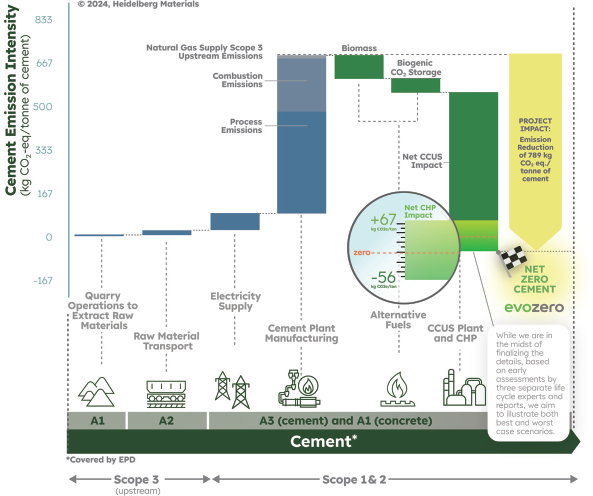November/December 2018
Communities: Industry
Scarce Water, Plentiful Oil and Gas Create Conundrum in New Mexico
 In southeast New Mexico, a surge in oil and gas development has led to a large revenue uptick for the state. But the surge in production has also surfaced a difficult issue: What can be done with all the water that oil and gas development pushes to the surface of this parched state?
In southeast New Mexico, a surge in oil and gas development has led to a large revenue uptick for the state. But the surge in production has also surfaced a difficult issue: What can be done with all the water that oil and gas development pushes to the surface of this parched state?
In 2017, New Mexico’s oil and gas operators generated nearly 38 billion gallons of this wastewater, known as “produced water.” Most of the produced water had been previously used in drilling and fracturing operations and disposed of in underground injection wells. Water that naturally occurs in hydrocarbon deposits also makes up a percentage of produced water.
For businesses, disposal comes with a cost and could have consequences. According to a June 2018 report by the energy research and consulting company Wood Mackenzie, water disposal costs could add, over time, three to six dollars to the production of a barrel of oil.
“Water risks to date have largely been described as a cost issue, but as projects continue to build scale, the risks become more serious,” says Ryan Duman, a senior energy analyst at Wood Mackenzie. “They could impact the ability to actually carry out operations. Investors and project partners should challenge operators on how water is being managed.”
As the issue gains attention and research advances, state officials have been feeling pressure from the public to find ways to repurpose the water. “Reuse of this water in appropriate applications has the potential to relieve the growing demand on our ground- and surface-water sources,” says New Mexico State Engineer Tom Blaine, P.E. But produced water’s high concentration of contaminants and potentially toxic chemicals makes for a particularly challenging problem.
In July, the Environmental Protection Agency started a working group with state officials to clarify the regulations and permitting requirements related to the reuse, recycling, and repurposing of produced water. The working group will publish a white paper that addresses those regulations and identifies ways that engineers and others in the industry can treat produced water for reuse to lessen the industry’s demand for scarce fresh water supplies, provided that any pollution is prevented.
Scott Anderson, however, would prefer a different approach. The senior policy director for the Environmental Defense Fund’s US Climate and Energy Program, believes that New Mexico shouldn’t rush into repurposing wastewater. Instead, he says the working group should gather all of the facts and data necessary to make an informed, beneficial decision for everyone in the state. Simply recycling large volumes of wastewater—filled with varying and unknown amounts of toxic chemical additives—is a particular challenge.
“As things stand, water treatment costs are significant, and the science on produced water leaves much to be desired for those who want to know how clean the treated water must be to avoid harming human health or the environment,” Anderson says. “Policymakers lack adequate data on the toxicity of chemicals present in produced water. And water quality standards, or even approved ways of detecting harmful chemicals, do not exist for most of the chemicals we know are a concern in produced water.”
It may take some time before a better way to find an environmentally friendly and cost-efficient solution to this problem is in place; however, Anderson says this partnership between the state and the EPA is a step in the right direction to finding a solution. For now, he believes the industry should focus on ensuring that disposal wells for wastewater are sound.
“At the same time the state investigates alternatives to disposal wells,” Anderson adds, “it’s important to allow for an increase in these wells and ensure that they are properly located, designed, built, and operated.”


 Volunteering at NSPE is a great opportunity to grow your professional network and connect with other leaders in the field.
Volunteering at NSPE is a great opportunity to grow your professional network and connect with other leaders in the field. The National Society of Professional Engineers (NSPE) encourages you to explore the resources to cast your vote on election day:
The National Society of Professional Engineers (NSPE) encourages you to explore the resources to cast your vote on election day:


